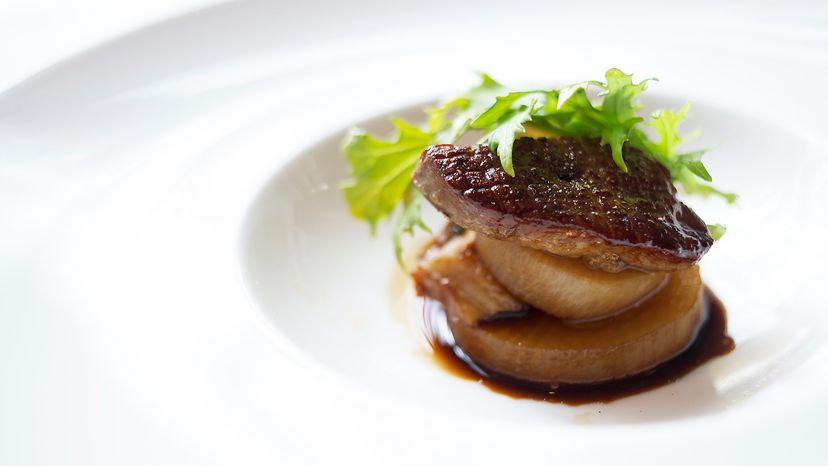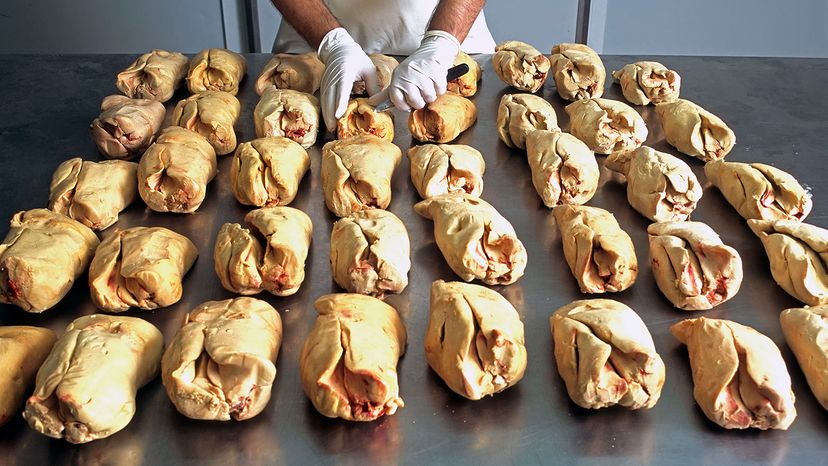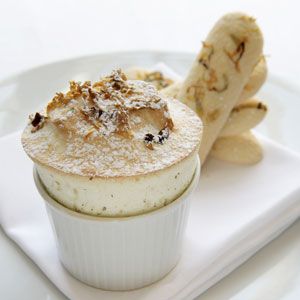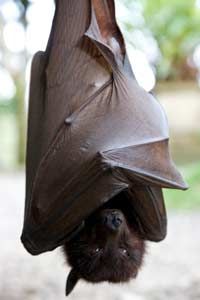While Dominguez and other animal rights activists celebrated the foie-gras ban as a victory, those on the other side of the aisle are taking a stand. The Catskill Foie Gras Collective, which includes the main producers of NYC's foie gras, is challenging the city's ban. The group and farmers say it's unconstitutional, and that NYC does not have jurisdiction over the state of New York's protected agricultural businesses.
According to Catskill Foie Gras Collective President Marcus Henley, animal rights activists are the only ones who consider foie gras production inhumane.
"The idea that the small tube for feeding the ducks causes discomfort is the most misunderstood area of foie gras farming," Henley says. "Ducks are not like people. Their physiology is very different and the tube causes no discomfort."
The collective's ducks are cage free, fed via small rubber tube (versus traditional metal), and individually inspected by a government food safety officer, Henley says. Collective members stand by their approach to foie gras production, and aren't the only ones voicing their disapproval of the ban.
David Chang, esteemed chef and founder of NYC's wildly popular Momofuku restaurant, sides with the collective. "This is idiocracy," he wrote in a tweet (along with a few choice F bombs). "Stupid, short sighted, and a misunderstanding of the situation."
While the war wages on over foie gras ethics, longtime food critic Adam Platt wrote in a Grub Street article he thinks the once-trendy foie gras was already on its way out.
"When you start to consider all of the forbidden delicacies over the centuries that have gone in and out of fashion — terrapin soup, peacock tongues, the fabled ortolan — even the most avowed Francophile carnivore would probably admit that after a long and impressive run, the age of foie gras may be soon coming to an end," he wrote.



